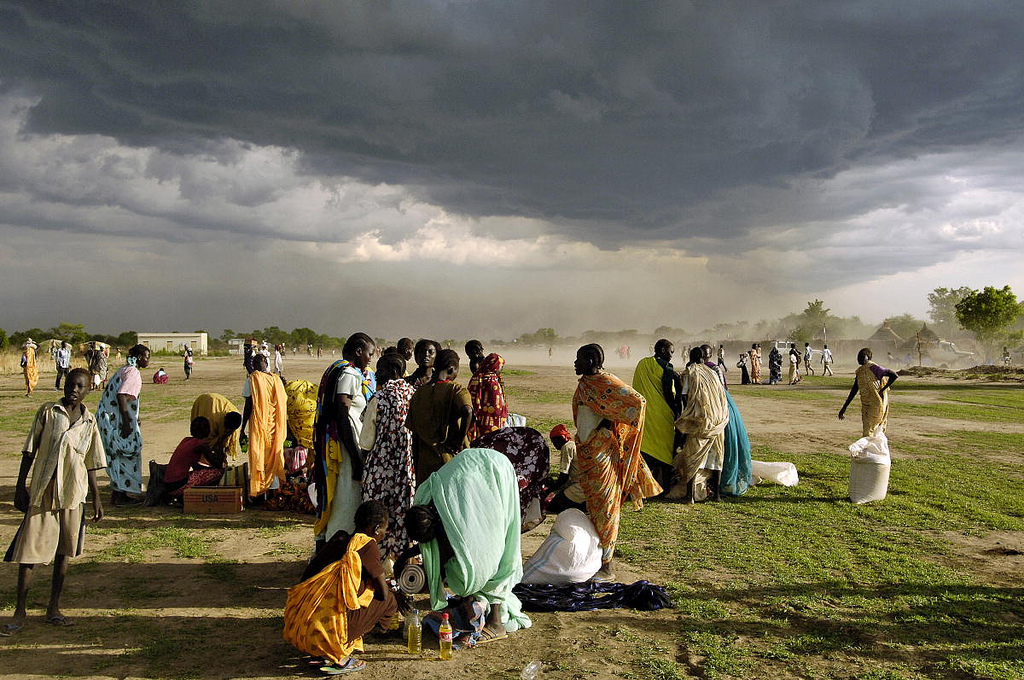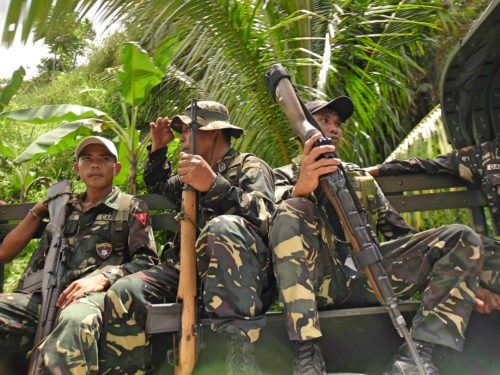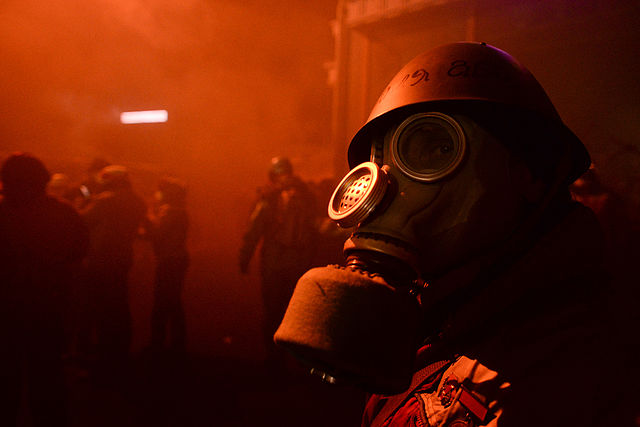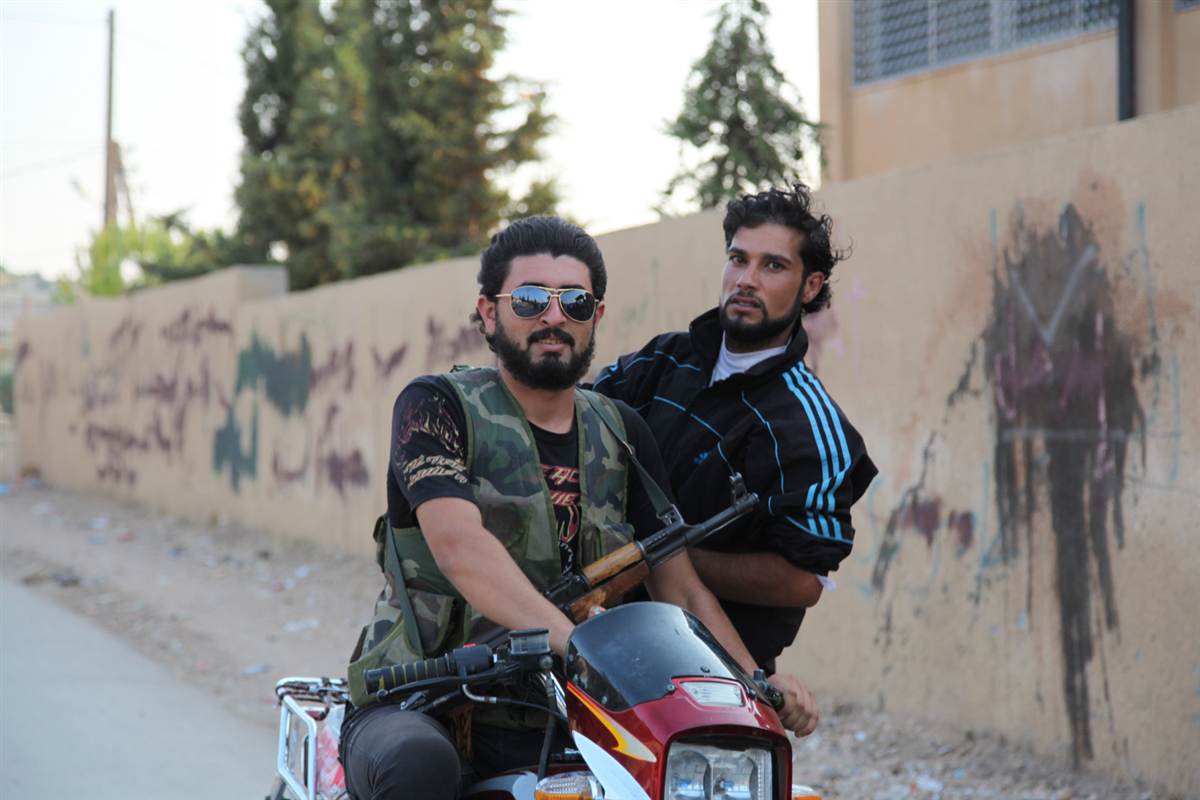
Insecurity Insight recently released a report that explores the patterns of violence against humanitarian aid workers between 1996 and 2010 (pdf). It documents a jarring increase over the past five years, as depicted in the following bar graph from p. 7 of the report: whereas the 1996-2000 period bore witness to fewer than 100 events, during 2001-2005 there almost 400, and in the past five years Insecurity Insight has recorded more than 2,200 attacks on aid workers, more than 600 of which produced kidnapping, injury, or death.
These numbers are drawn from the Security in Numbers Database (SiND), a collaborative effort between Insecurity Insight and ten humanitarian agencies, which records events reported in news media as well as events participating agencies record that did not receive news coverage. Like all news-based data projects, these data are an undercount of the actual number of events (i.e., though SiND has access to ten agencies’ internal reporting, there are hundreds and hundreds of aid agencies that may have recorded attacks that did not receive news coverage).
What is going on out there? The most prevalent argument discussed in this area concerns the impact of risk transfer where humanitarian agencies move from funneling aid through international staff directly to national staff and local agencies, and even directly to populations at risk, thereby reducing expatriate staffers’ risk of suffering violence. At a broader, less policy-focused level, the most widely understood reasons for these attacks are (1) that these agencies have resources combatants value (money, food, and medical supplies), and (2) they are newsworthy targets. With respect to the first issue, combatants may want to capture those resources, or deny their availability in a given area. I recently posted about this logic with regard to Syria. I have also written about a less common, third, motivation: concern that these agencies might serve as conduits for undercover intelligence and perhaps even military operations.
Yet, while these points help explain why we would see attacks against aid workers, they do not help illuminate why the incidence of these attacks would increase. The report’s authors, Christina Wille (Director, Insecurity Insight) and Larissa Fast (Kroc Institute, Notre Dame) conclude that the largest factor is agency’s increased willingness to work in insecure environments, which is to say, to seek to serve populations suffering within war-torn geographic settings. Kalyvas & Balcells (Am Pol Sci Rev, 2010, gated) draw a distinction among three technologies of conflict in civil war: conventional warfare, irregular warfare, and symmetric nonconventional warfare. This distinction might prove useful to future probes of variation in attacks on aid workers. In a recent post at Foreign Policy Kalyvas & Balcells describe the results of a followup study that finds differences in death tolls and duration across the three types. Drawing on that work my first guess is that asymmetric nonconventional warfare conflicts will be associated with larger numbers of aid workers targeted. In a forthcoming book Fast argues that attacks on aid workers need to be linked to the broader issue of attacks on other civilians (see p. 23 of the report). This suggests that the literature on civilian targeting, massacres, and one-sided killing will prove useful to future inquiry to further illuminate this disturbing trend.
@WilHMoo








0 comments